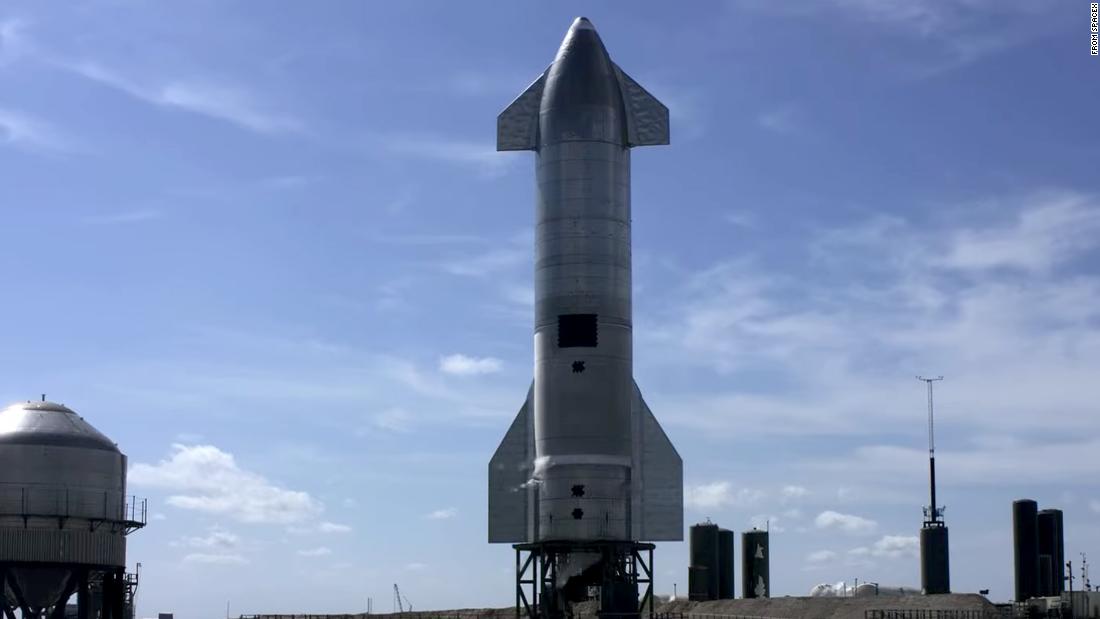
The company will recycle the rocket’s fuel and attempt to take off again around 4 p.m. CT, according to SpaceX engineer John Insprucker on the company’s webcast of the launch attempt.
SpaceX CEO Elon Musk said in a tweet that the breakdown was caused by preset standards around the rocket’s thrust, which Musk described as “somewhat conservative.” He added that the company would increase the rocket’s thrust limit, giving the rocket more room to maneuver to get the green light for launch and try to launch again later Wednesday.
SpaceX’s SN10, an early prototype of the company’s Starship Mars rocket, was expected to hover about ten kilometers above the coastal landscape before performing some airborne acrobatics and plunging down to land back at SpaceX’s facilities in South Texas. SpaceX has attempted such a test flight twice before, both ending in an emergency landing.
Insprucker said the primary purpose of the test was to collect data on how the vehicle’s flaps would control the spaceship prototype as it plunges back to Earth.
Perfecting the belly landing maneuver is essential to “enable a fully reusable transportation system designed to carry both crew and cargo on extended interplanetary flights and help humanity return to the Moon and travel to Mars and beyond” , the company’s website said.
SpaceX plans to use Starship for a variety of purposes, including shuttling paying customers between cities at breakneck speeds, potentially assisting in NASA’s moon landing, and eventually launching cargo and human missions to Mars.
Starship is still in the early stages of development. A full-size prototype has yet to be built. Nor has SpaceX begun publicly testing Super Heavy, a giant rocket booster that will be needed to take the spaceship to orbit or beyond.
Musk said in a recent interview with podcast presenter Joe Rogan that he expects Starship to operate regular flights by 2023, and he hopes the vehicle will reach orbit by the end of this year. It is not clear whether SpaceX will meet that deadline. The aerospace industry, and Musk in particular, is notorious for announcing projects that will take much longer – and cost much higher – than initially anticipated.